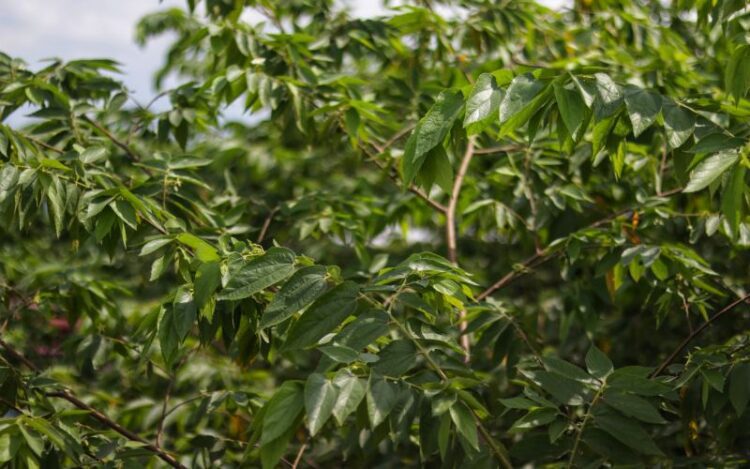A newly identified active ingredient, referred to as a cannabinoid, has been found in a separate plant species widely scattered throughout Brazil, adding further evidence that the traits of cannabis compounds are not exclusive to a single species.
Scientists have uncovered similar cannabinoid-like substances in a number of plants other than cannabis, including a psychoactive compound similar to THC in the liverwort genus Radula, along with a CBG-like substance and an additional five cannabinoids in Helichrysum umbraculigerum, also known as the woolly umbrella plant. It suggests other common plant types may possess comparable properties.
A recently discovered compound similar to CBD is distinct in that it belongs to a plant closely related to cannabis and hops, within the Cannabaceae family. Given the legal limits surrounding THC make CBD extraction from hemp challenging, with the threat of THC-tainted hemp, this plant might offer a solution to this issue.
Scientists from the Federal University of Rio de Janeiro (UFRJ) disclosed that Trema micrantha—a plant native to Brazil and neighboring South American countries—has the potential to broaden the medicinal application of cannabidiol (CBD) without legal impediments.
Upon chemical testing, no THC-like substances were detected in Trema micrantha. However, the plant may have potential as a transformative source for CBD production, considering the trouble caused by THC-contaminated hemp in the hemp industry.
“This offers a legal alternative to cannabis,” Federal University of Rio de Janeiro molecular biologist Rodrigo Moura Neto explained to AFP. “This plant is widespread across Brazil. It could serve as a more straightforward and cost-effective source of cannabidiol.”
Understanding Trema micrantha
According to Experiencia seeds, Trema micrantha is alternatively known as the Florida trema—a flowering plant species in the hemp and hops family, Cannabaceae. This fast-growing, deciduous tree can reach up to 10 meters in height and is native to Brazil, growing in various tropical and subtropical areas worldwide.
Trema is renowned for its robust nature and its capacity to flourish in nearly any soil condition, making it a common weed in city environments. It’s generally regarded as a weed by most people.
In its native habitats, Trema micrantha provides critical ecological contributions, offering fruits as a food source for multiple bird species. The plant aids in seed dispersal and biodiversity, its fast growth and thick foliage provide wildlife habitat, and its roots are believed to combat soil erosion. In urban areas, Trema micrantha is frequently used in landscaping for its aesthetics and pollutant absorption abilities that enhance air quality.
Science Alert notes that the findings are yet to be published. Neto is planning to expand the study to establish the most efficient methods of extracting CBD from the plant and assessing its effectiveness for patients currently treated with medical cannabis.
A Potential New Source of CBD?
This plant could potentially emerge as a new source of CBD in the extensive global market.
The Brazilian government recently awarded Neto’s team a research grant of 500,000 real ($104,000 USD), which is expected to fund a minimum of five years of research.
Given the booming CBD market, this is a new direction that is worth investigating.
In 2021, the global CBD market was estimated at $4.9 billion USD and is projected to reach $47.22 billion USD by 2028, growing at a CAGR of 21.20% over the forecast period.
The CBD market is anticipated to experience significant growth as consumer awareness about health and wellness expands.









